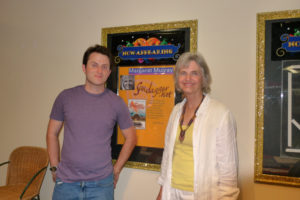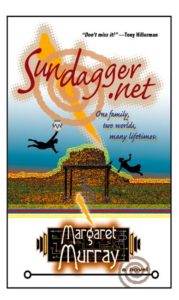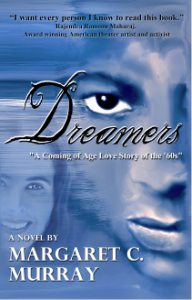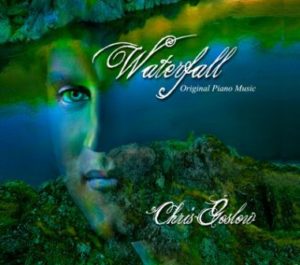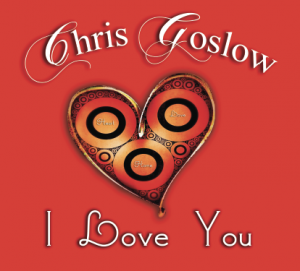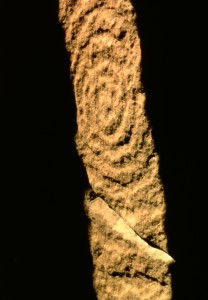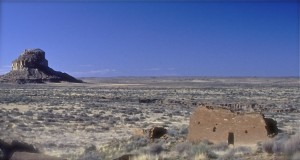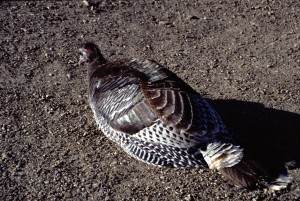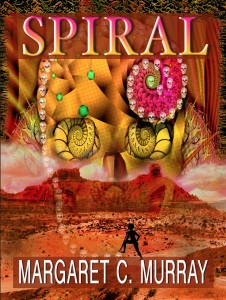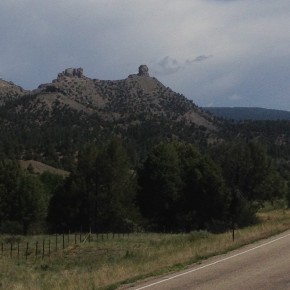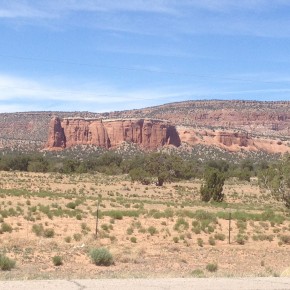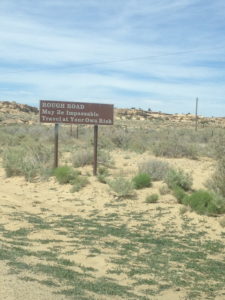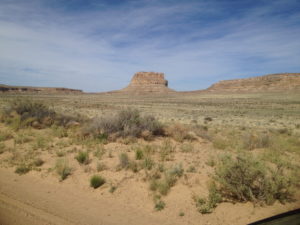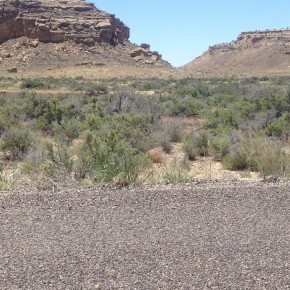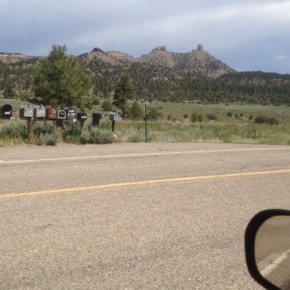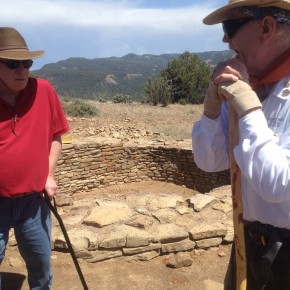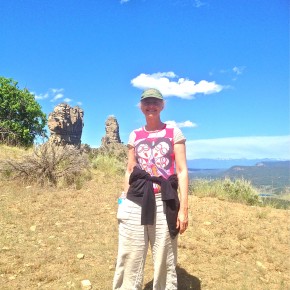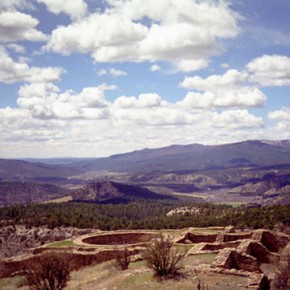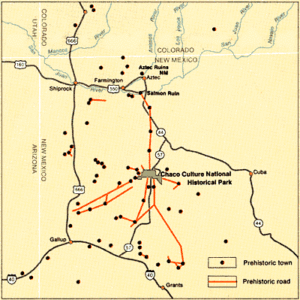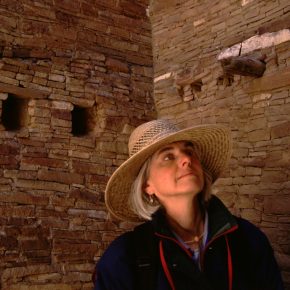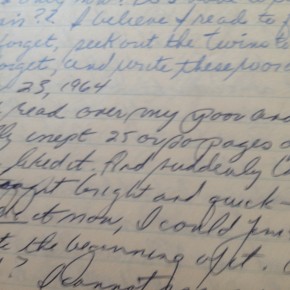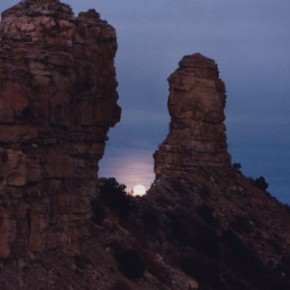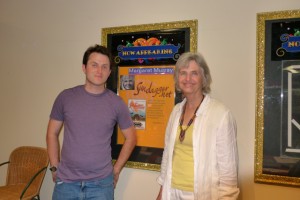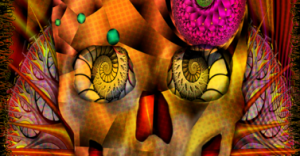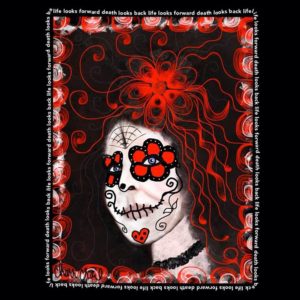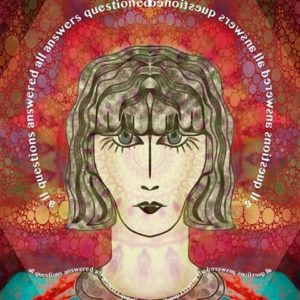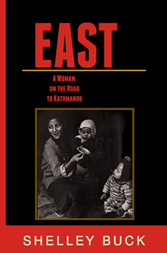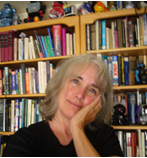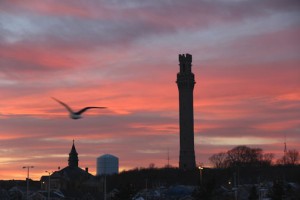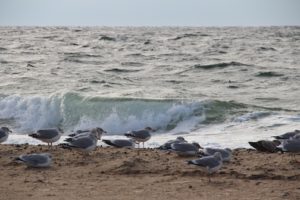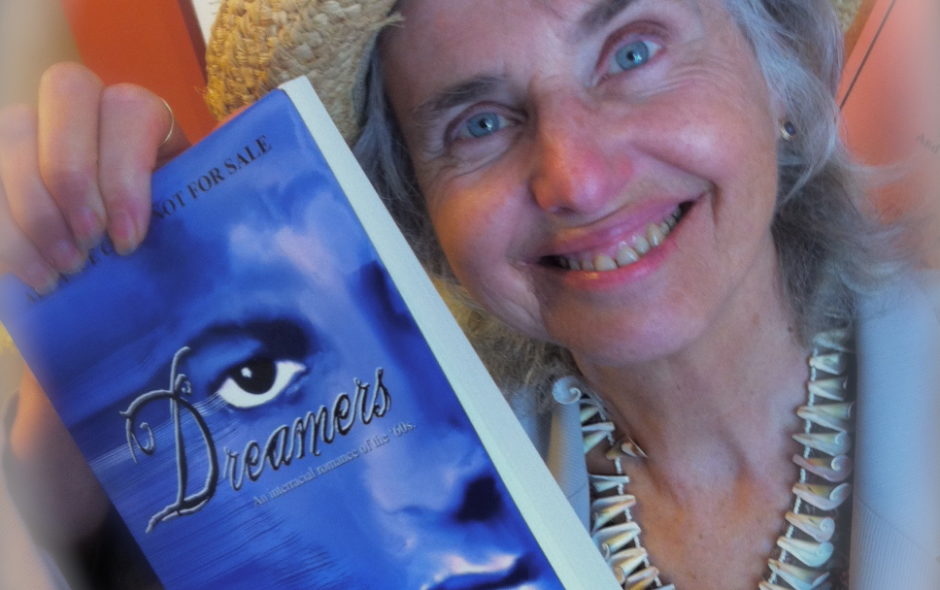How to begin writing a novel?
How to keep on writing?
I don’t often think about these questions while I write. Mainly I just keep on in my writing groove, inspired by the vision I had at eight when I read The Boxcar Children, by Gertrude Chandler Warner, a teacher turned children’s writer. Did you read that book too? I wanted to write just like Gertrude.
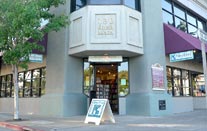
I started thinking about how I write a novel while waiting for my daughter at Many Rivers Books & Tea, a bookstore on the corner of Main Street in the Sebastopol, CA. Though it was Sunday, my daughter was at school—she teaches 4th grade this year—preparing the next week’s lesson. We were going to celebrate Annemarie’s birthday by having tea together. But my daughter was late, so I browsed the aisles of books, teas and objects designed to further the bookstore’s mission “to provide customers with tools to support genuine spiritual practice.”
Soon I got into a conversation with Jim Wilson, one of three owners of Many Rivers Books & Tea, that continued until Annemarie arrived. Then we had tea and she bought two bags of rune stones for her class studying medieval England. I got a present too, because Jim invited me to read at the ongoing “Thursday at Many Rivers” event on April 9th, 2015.
So how does writing novels fit in with spiritual tools and spiritual practice anyway? Four words came to me as if displayed across a screen of a Powerpoint presentation: Earth, Sky, Spirit, Story.
I realized I begin a book starting with the earth and write from the ground up. I write from the place where my characters are, seeing what they see. With them, I look upward to the sky, searching for—call it spirit, a vision—and from that cloud-spun, high unknown space, the story emerges. I do this again and again, beginning in the same way: earth, sky, spirit, story. It becomes a practice.
Decades ago I began writing Dreamers from the vantage point of the cobblestone streets of Pittsburgh during the civil rights upheaval of the 60s. As a streetcar turns the bend in a snowstorm, it smashes into Thomas’ brand new, borrowed Impala, upsetting baskets of newly-clean laundry. It is this seemingly innocuous accident that drives the love affair of Thomas and Annie.
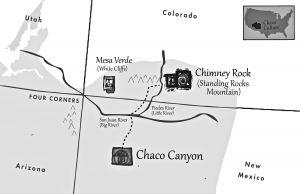
In my novel of magic realism, Sundagger.net, I compare two deserts, chapter by chapter, matching the actual Anasazi ruins of the American Southwest with the spiritual desert I experienced working as a tech writer in Silicon Valley.
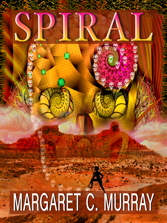
Spiral, the prequel to Sundagger.net, begins with Willow, a girl coming of age, standing at a dry riverbed, searching Chaco Canyon for a famed hunter with whom she’s desperately in love. From the desert floor, Willow talks to lizards and to crows.
The ancient Anasazi of the Four Corners area, where Utah, Colorado, New Mexico and Arizona meet, knew the connection between Earth, Sky, Spirit and Story too. All you need to do is to look from their amazing Great Houses to the heavens to realize it; they designed their buildings and created rock drawings to align with the equinoxes and solstices.
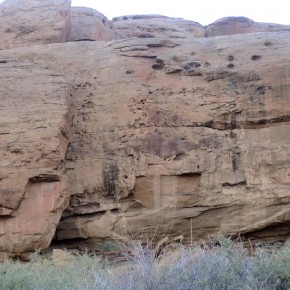
I too followed the same migration route my characters take in Spiral, beginning from the Great North Road, sixty miles long, which you can only see with aerial photography. At my Reading on April 9th at Many Rivers Books & Tea, I’ll share selections from my novels as well as a short videos from my three trips to the Four Corners area, where I explored Chaco Canyon, NM and its furthest, northern outlier, Chimney Rock, CO.
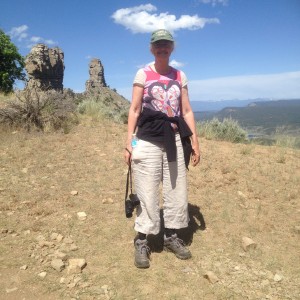
NOVEL WRITING AND MY SPIRITUAL JOURNEYS TO FOUR CORNERS
Earth, Sky, Spirit, Story
with Margaret C. Murray
featuring her upcoming novel, Spiral
Thursday, April 9th, 2015
7:30 – 8:30 p.m.
Many Rivers Books & Tea
130 S. Main Street
Sebastopol, CA 95472
707-829-8871
www.manyriversbooks.com

